Netherton Tunnel
Netherton Tunnel
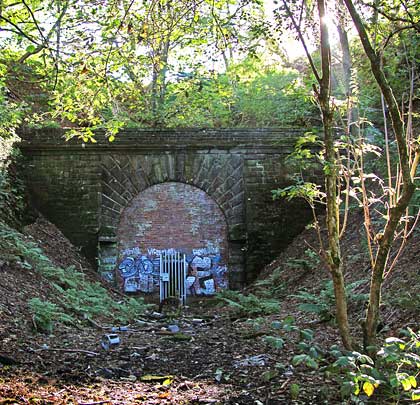
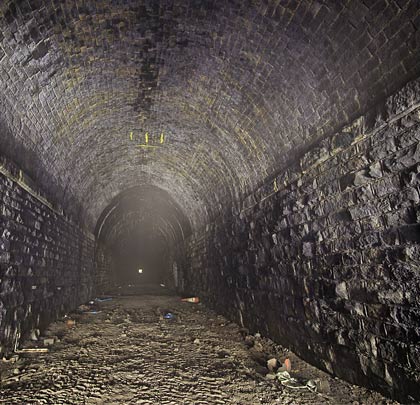
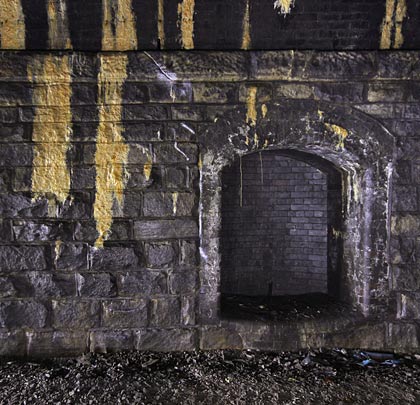
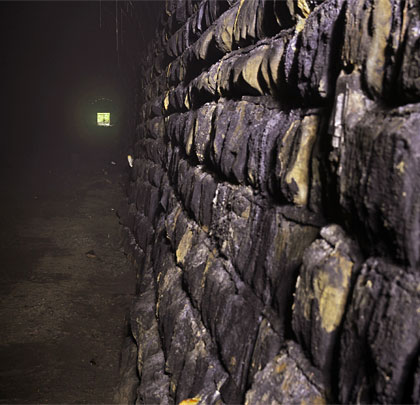
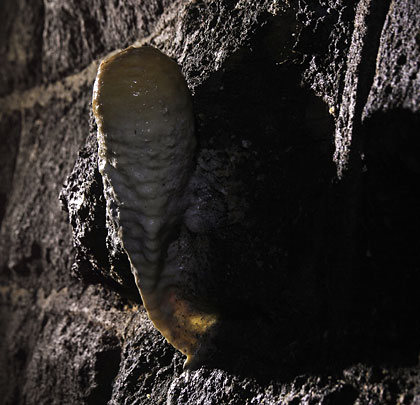
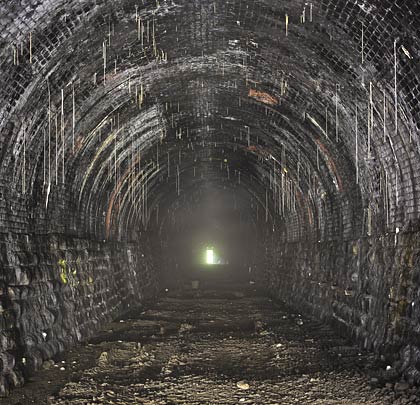
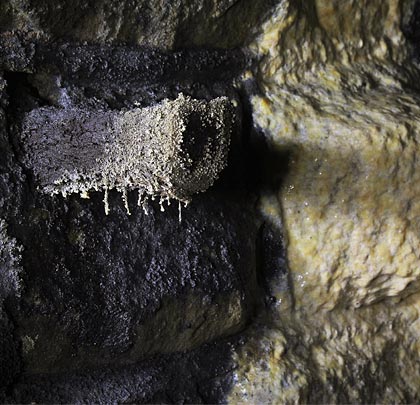
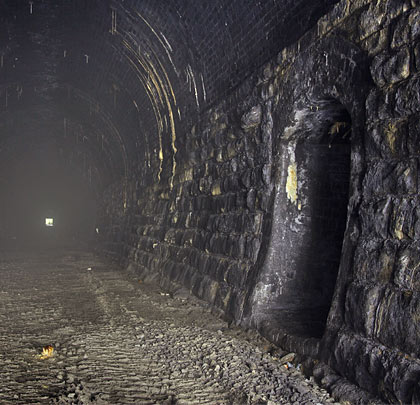
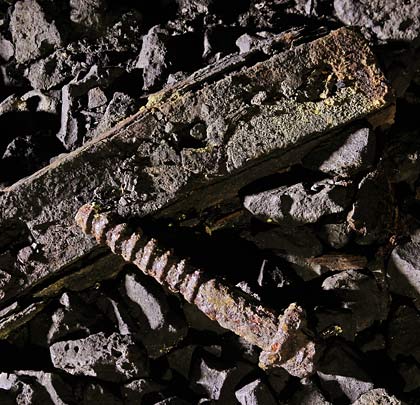
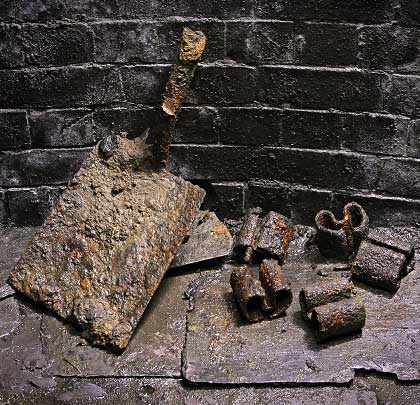
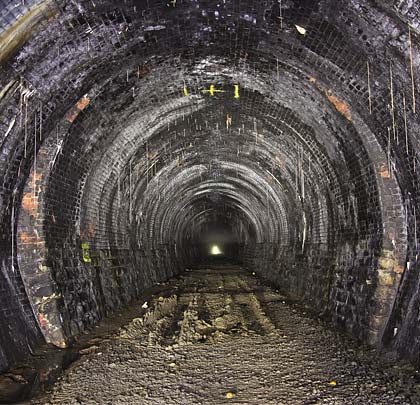
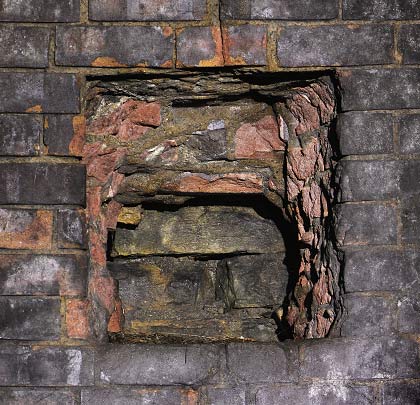
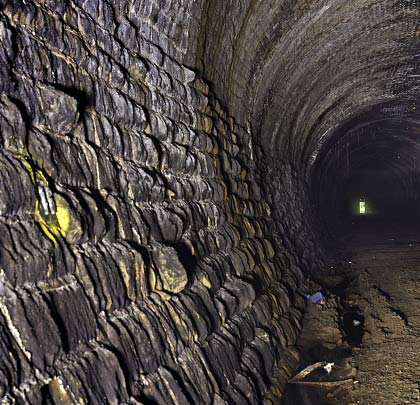

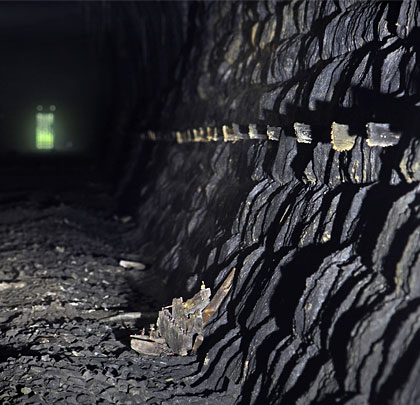
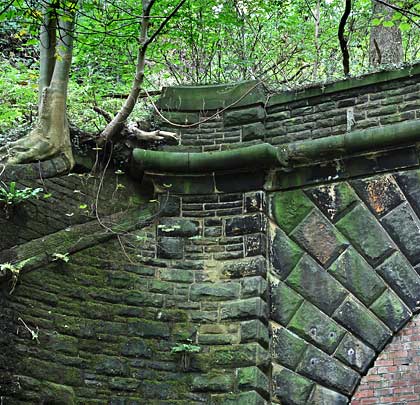
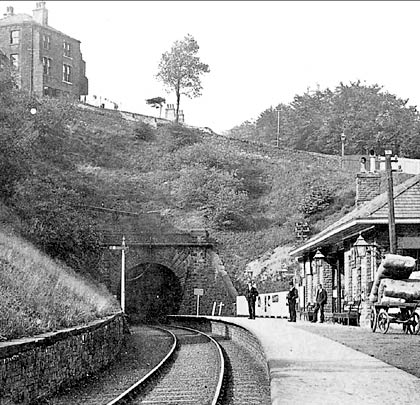

















The Lancashire & Yorkshire’s 3½-mile branch to Meltham was authorised by an Act of Parliament in June 1861, but the work didn’t get underway until 4th April 1864. The first sod was lifted by Mr Charles Brook; Messrs Barnes and Beckett, the L&Y’s chosen contractors, took repsonsibility for the remainder.
Landslips made construction a protracted affair – the first goods train did not run until August 1868 – and the line was breached within weeks, delaying its opening to passenger traffic until Monday 5th July 1869. The single-track branch boasted three intermediate stations – Woodfield, Netherton and Healey House – although the former only survived for one month in the summer of 1874!
Having left Butternab Tunnel behind, trains crossed two wooded valleys on embankments before disappearing into the 333-yard long Netherton Tunnel, on a straight course but climbing to the south up a gradient of 1:95.
Its portals are distinctive, with the stonework of the headwall’s central portion radiating out from the centre rather than being in courses. Either side of the entrance at springing level are projecting quandrant-shaped stones; adjacent to these are buttresses. Below the parapet is a semicircular string course.
At the north end, the lining is built entirely in stone, with the arch supported on vertical sidewalls. After about 20 yards, the arch becomes brick, presumably the result of later remedial works. Further in, one length has been completely rebuilt in brick. Near the south end, an inspection hole had been cut in the lining, revealing the original masonry behind.
The tunnel’s profile gradually evolves from one end to the other, becoming horseshoe in shape, then almost circular as progress is made southwards. There are also a couple of abrupt changes in section. All this is a function of how ground conditions increasingly exert lateral forces on the lining, resulting in considerable distortion of the west sidewall being apparent at several locations.
The same wall hosts regular refuges. These are formed in brick – suggesting that they might post-date the tunnel’s construction – and become deeper towards the south due to the changing profile. Ceremic tablets are also inserted in this wall, located at 50-foot intervals. On the opposite side, a row of wooden cable supports is still in situ. Although water ingress is not considerable, conditions in the tunnel are generally damp, with sticky mud on the floor, some puddling, collections of stalactites hanging from the roof and occasional calcite deposits/formations.
During the line’s operational period, the attractive south portal stood at the end of Netherton Station’s lone platform. Its appearance is similar to that at the northern end except its wing walls extended diagonally, with the one on the west side having been extended in both height and length, presumably to counteract movement of the cutting face.
The Meltham branch’s passenger service was severed on 23rd May 1949 but goods trains continued to serve local businesses until April 1965. Around three-quarters of a mile of trackbed has been secured as a footpath known as the Meltham Greenway. The local council aspires to further extensions but these are complicated by development on the alignment and landowner issues, not to mention funding.








